How we test medical alert systems
We've tested everything from audio quality to speed of emergency response
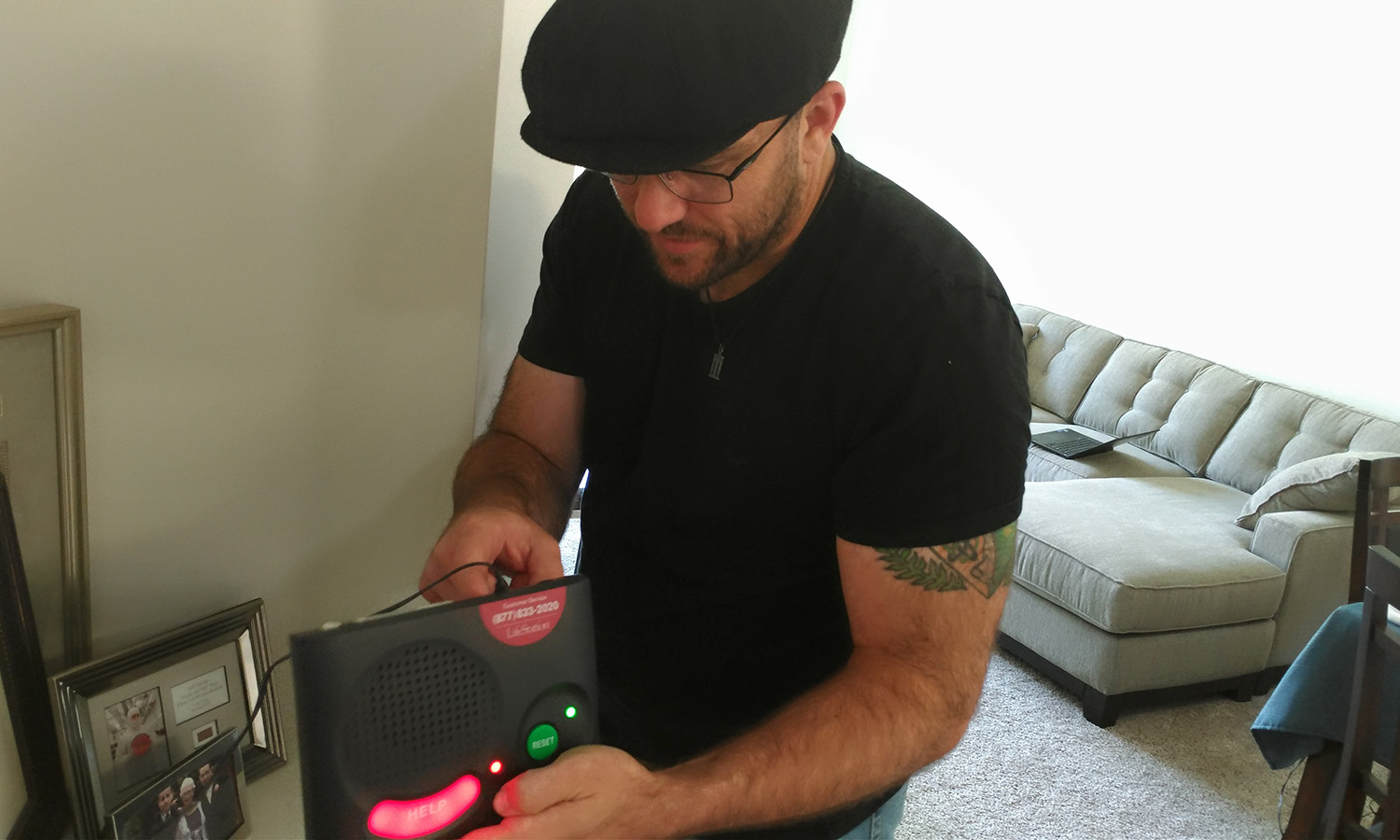
The purpose of a medical alert system is to provide you or your loved one with a lifeline to help in an emergency. These personal emergency response systems are designed to be as easy to use as possible, allowing you to get help even when you’re unconscious or unable to move. As such, finding the best medical alert system is important. Not to be too dramatic, but it can be the difference between life and death.
Since 2013, we've tested and reviewed medical alert systems for a variety of brands. By my estimations, we have:
✔ Tested over 40 unique medical alert systems
✔ Spent close to 280 hours on testing
✔ Pressed the help button over 1,000 times
✔ Tested fall detection sensors 1,500 times
✔ Read roughly 250,000 words of contracts terms
Are you a pro? Subscribe to our newsletter
Sign up to the TechRadar Pro newsletter to get all the top news, opinion, features and guidance your business needs to succeed!
✔ Interviewed dozens of EMTs
In other words, we are experts in medical alert systems. As such, here’s a few notes to keep in mind before we discuss how we test each system:
The Company is a Service: In most cases, the company you’re buying the medical alert system from doesn’t manufacture or design the PERS devices and they don’t own or run the call center. These companies are, by and large, sellers of a service. This isn’t a bad thing. It’s just a reality of the industry. It can have
The Call Center is Likely Independent: Medical alert companies don’t like to advertise this, but the call center who answers the emergency calls is typically not owned or operated by them. They love to take credit for their call center, but they generally have no control over it. That said, some companies have partnered with the call centers so they do have some control over the quality.
The PERS Device was Manufactured by Someone Else: Whether it’s an in-home system or a mobile system, the actual product is leased or purchased from a manufacturer. And when you cancel your service, the device is returned, refurbished, and sent out to a new subscriber. That said, a popular service, MobileHelp, actually does manufacture their devices. They even lease the devices to other medical alert services.
These are important distinctions to be made when testing medical alert systems, because often...multiple services use the same devices and the same call centers. The only difference in the medical alert system is the brand on the bill.
Call response time
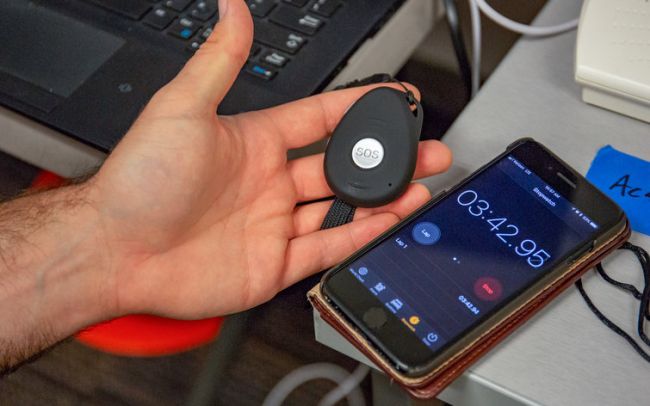
How fast does the emergency call center take to answer your call for help? This is, in my estimation, the most important facet to a good medical alert system. Whether you’ve fallen and broken a hip, suffered a stroke, or you’re having a heart attack, seconds matter in an emergency.
Testing the call response time was very simple. We pressed the help button and used a stopwatch to time how long it took for an operator to answer. We would test every service at least once a day for three weeks. In fact, we encourage you to do similar tests on your medical alert system once you get one. All you have to do is tell the operator that you were just testing the system. You’re not charged any additional fees and the operators don’t get angry. In fact, many will thank you for testing it.
The best average response time, by GreatCall’s Mobile Lively, in all the tests we've performed averaged 14 seconds per call. However, on average, most services answered in about 50 seconds.
Consistency is also key. With some services, the call response times varied little. Medical Guardian, for example, rarely varied more than three seconds from it’s 27 second average. However, some services would vary a lot. A call might be answered in 30 seconds one day and five minutes the next. It’s difficult to know why this happens, but according to Robert Wray, CEO of BlueStar SeniorTech, "call centers are structured so that all alarms are answered in the order of priority." Medical alert calls, according to Wray, are answered second only to fire emergencies. This is where choosing a service that uses an independent call center can become an issue.
Another reason for the inconsistencies or longer call response times is the automated software the call centers use to prioritize in-coming calls. If the call center is dealing with lots of calls from many different types of services, the software has to work out the priorities of the calls and channel the call to an open operator. This all adds seconds to a call.
Emergency response quality
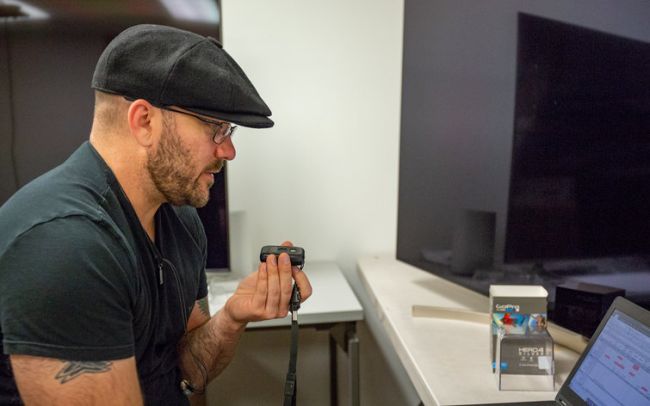
Communication is key with medical alert systems. A great emergency response operator needs to use a calm and patient voice and sound concerned for your safety. As such, we evaluated the operator’s demeanor on every call we made. we wanted to hear genuine empathy and concern and not a bored operator reading from a script.
We recorded whether the operator said goodbye, told us to have a nice day, or provided some other cheerful salutations. We also recorded the number of times the operator asked if we were okay. Far too often, the operators only asked once or not at all.
We also wanted to hear the operator ask us to confirm our identity. The reason is to protect against elder abuse or burglary situations. It's unfortunate, but seniors are often the target of such crimes and by simply asking to confirm the identity, the operators can gauge whether the senior is in trouble or not.
System Quality
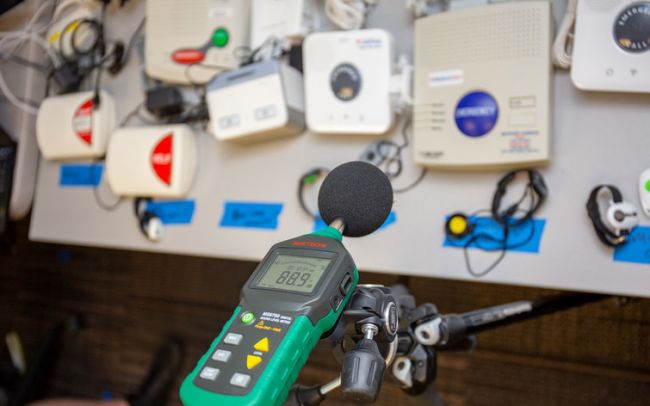
Again, communication is key. As such, we tested both the volume and clarity of the speakers put into the in-home systems and mobile devices. When you’re in an emergency, the system needs to have a loudspeaker because you could have fallen many rooms away. It also needs to be clear so you can understand the operator. They might have instructions you need to follow or they might need you to answer questions, such as whether you’re on any specific medications.
Many of the medical alert systems we've tested over the years had absolutely horrible speakers. The speaker might be loud, but it’s distorted. This likely because most services reuse the same PERS devices for many years, so the device you have might be over a decade old. If the speaker on your system sounds terrible, return it to the service and ask for a new one.
We also tested the range and efficacy of the wireless pendants. The average range was around 600 feet, which is more than enough for most houses. And the pendants work regardless of the walls or appliances in the way. weeven placed them in water and pressed for help. And they worked.
That said, we found the range of wireless pendants to be irrelevant. For example, the Classic Guardian’s wireless range was over 2,000 feet in one test. Impressive, sure. However, at this range, you are so far from the base station, any communication with operators is impossible. And if you are in a situation where you’re at risk of needing help 2,000 feet from your home, then you’re better off using a mobile medical alert device.
Fall Detection Sensors
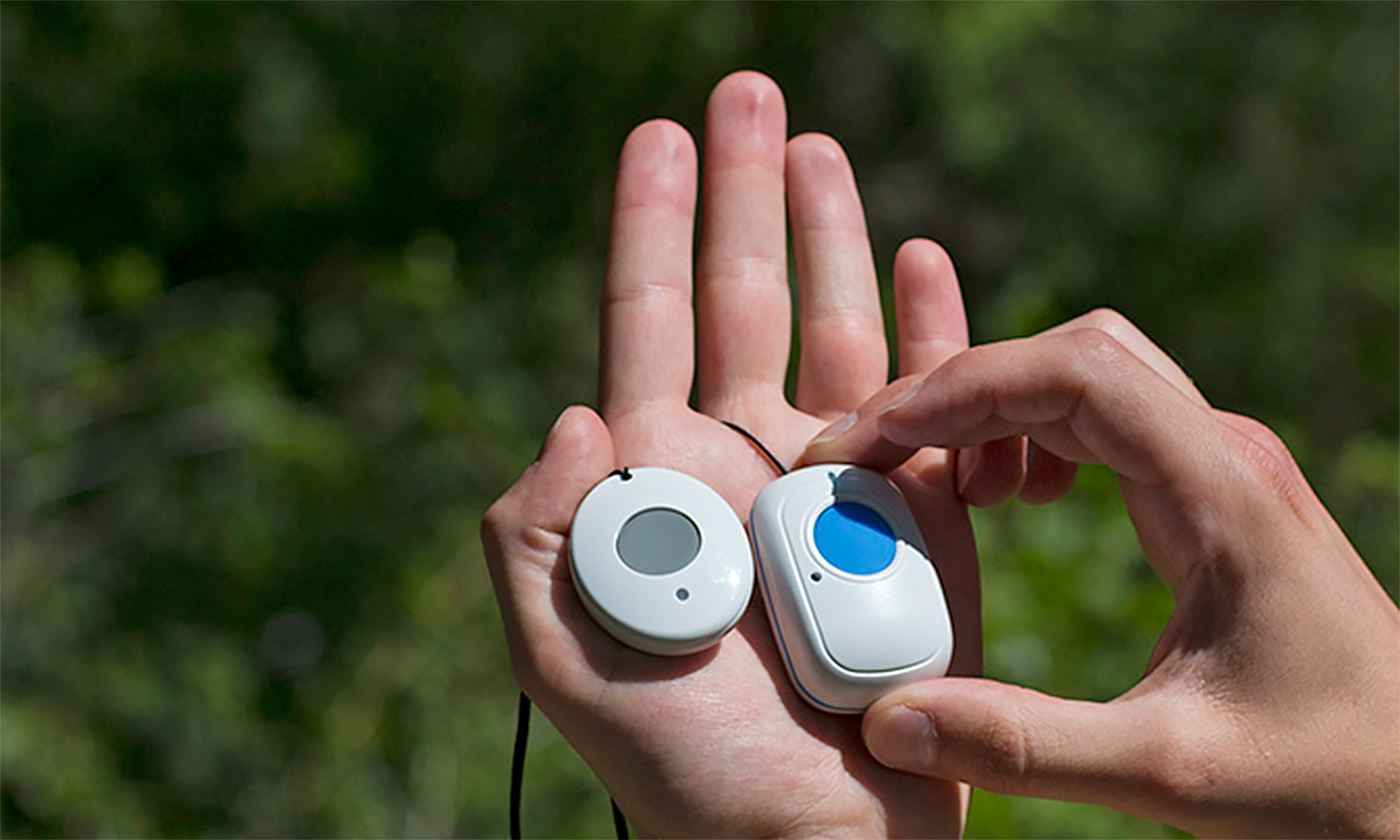
Fall detection sensors are an entire sub-category of medical alert systems with a lot more testing involved. To put it simply, we simulated and performed falls repeatedly to test the accuracy of the sensors, which use a combination of accelerometers and gyroscopes to determine the G-forces of a fall.
First, I’d wear the fall detection pendant or mobile device as it was instructed and we fell onto a mattress. We performed all types of falls. Hard falls. Slow falls. Controlled falls. In a separate test, we dropped the sensor from a specific height to see if it detected a fall. We would do this repeatedly to see how consistent each sensor was at various heights.
The results have been mostly disappointing. Most fall detection sensors are too sensitive, causing false alerts a lot. And if your loved one has to cancel emergency calls several times a day, they’re going to stop wearing it. And some were not sensitive enough, rarely detecting the hardest of falls.
By and large, the mobile medical alert systems with a fall detection feature activated were more accurate than a pendant that’s compatible with an in-home system. So, if you really want a fall detection sensor, a mobile PERS device is the way to go. That said, the Apple Watch 4 was the only fall detection sensor we've tested with genuinely good fall detection results. (Setting your Apple Watch 4 or 5 to be a medical alert system takes only a few minutes and it doesn’t cost a monthly subscription.)
Testing medical alert systems is all about finding the service that gives you the best chance to get help quickly and effectively. Over the years, the most consistent and best services have been GreatCall, Medical Guardian, and MobileHelp.
Further reading about medical alert systems
Jeph Preece is an ambitiously creative writer, editor, and content strategist with over seven years of digital publishing experience and five years teaching and admin experience in academia. He is specialized in short-form and long-form, purpose-driven content. Jeph is also an accomplished artist, musician, and author of innovative fiction.
